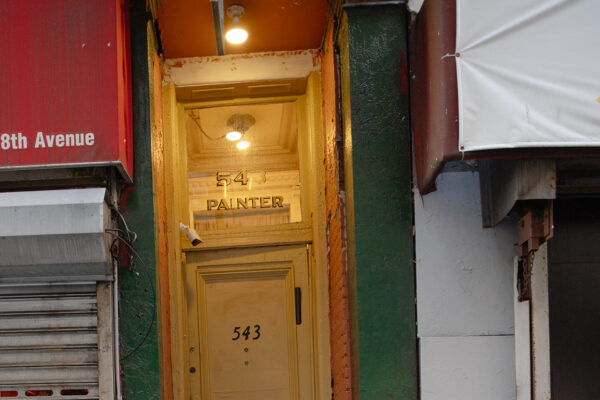
The Theory of Immediacy or the Immediacy of Theory?
At a crucial juncture in her reconstruction of Marx’s account, Kornbluh claims that “labor makes things useful, while exchange and its hypostasis in the concept of value and the medium of money is the activity that generates value qua value.” But this neglects Marx’s distinction between abstract and concrete labor, or labor as productive of value and labor as productive of objects of use. Contrary to Kornbluh, value is not “generated” by exchange but rather by the expenditure of labor time and realized through exchange. So long as value—labor time—is the measure of social wealth, workers must expend abstract labor in exchange for a wage, while the capitalist appropriates the products the worker has valorized. This implies that the form of distribution—the propertylessness of the worker—is grounded in the form of production itself.





